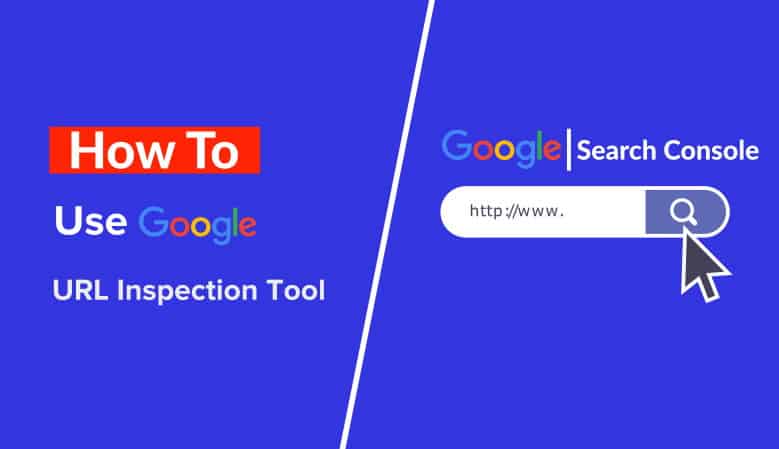Do you want to know how to use the Google URL inspection tool introduced in the new webmaster tools?
The URL inspection tool of Google is a new way to inspect the index status of any URL.
As you may be aware of the recent changes made to the Google search console. The older version of it comes to an end, and a new version is being rolled out.
The new version of it is simpler than the previous one, yet it is hard to navigate. Because the UI is new, it looks frustrating for the first time.
Let me first tell you what is URL inspection tool by Google?
What is Google’s URL inspection tool?
What you did before to check the current status of a link of your website?
By using the Google search console, you were able to get the current status of the link. But this tool now has a new UI and new features. URL inspection is one of those.
Let me tell you the main idea of this tool by an example.
Say you wrote an article on the website. Now you want the search engines to crawl it as fast as they can. In that case, you were using the Google search console’s “Fetch as Google” feature.
You were entering the link and submitting it to Google. After a few minutes, that article was getting live on Google.
Unfortunately, the “Fetch as Google” feature is gone in the new version. Instead, we have a more robust feature called the URL inspection tool.
It is more better and easier way to submit a link to Google now.
Both things Fetch as Google and URL inspection tool works in the same way; that is; it is used for crawling the links.
But in the previous version of the Google search console, we could not check the link status. For example, it didn’t possess a shorter and quicker way to find the URL status.
In the new version it is too easy and it is URL inspection tool.
Now let me illustrate the pros and cons of these tools in a list.
Fetch as Google:
Pros:
- Easy to use.
- I was having a great feature of choosing the device for which to crawl the URL. For example; You can crawl URL for desktop or mobile individually.
Cons:
- Required few more mouse clicks to reach the tool. That means harder to navigate for beginners.
- UI was basic.
URL Inspection Tool:
Pros:
- Nice UI (material design).
- Can crawl URLs easily.
- Provides link status.
- Provides the AMP status of the current link.
- No robot verification check (In my case).
- Can the test URL before submitting it to Google for issues?
Cons:
- Not good for beginners due to lack of documentation.
Above I demonstrated the power of the new URL inspection tool by Google.
Let’s start using it.
How to use URL inspection tool?
Using this tool isn’t a big deal but requires a Google search console account, which might have.
So, head towards the Google search console.
On the right side of the logo, you will find an input with placeholder ‘Inspect any URL in “https://yourwebsite.com.”‘

Or you can find it on the left menu named “URL inspection.” There enter the link you want to let the Google index.

It will start to retrieve the URL data from Google. After completing the retrieving process, it will now show you the results.
Here is the screenshot of the non-indexed URL.

As you can see we get three options.
- Status: Whether the URL is on the Google data or not. It is shown there. As Google doesn’t index the link, it shows ‘ URL is not on Google.’ Otherwise, it will show ‘URL is on Google’ if the link is already submitted.
- Coverage: This option is all about the link data. Like is this link readable by Google (robots data)? Does this link have any canonical? Was it crawled or not, if yes it will show the date. Another thing, this option checks whether or not the current link is in the sitemap.
- Enhancements: Whether or not your page is mobile-friendly or not. Many other things might fall under this section, which I do not include here.
To let Google know about this new link, we have to click the “Request Indexing” link.

Wait for some time, and Google will index the link within a few minutes.
Conclusion
I hope you loved this short tutorial about the new URL inspection tool. Please let me know if you have any questions or concerns regarding this tool.
Please do share this tutorial.

Leave a Reply